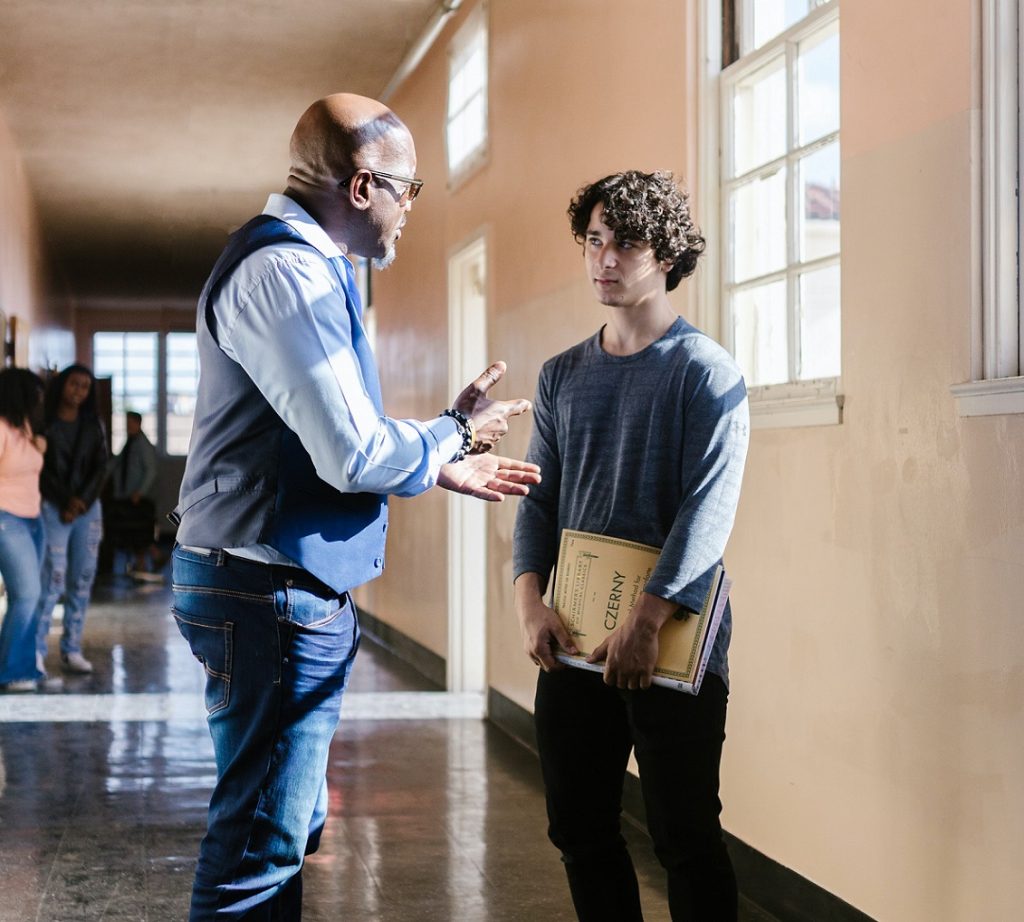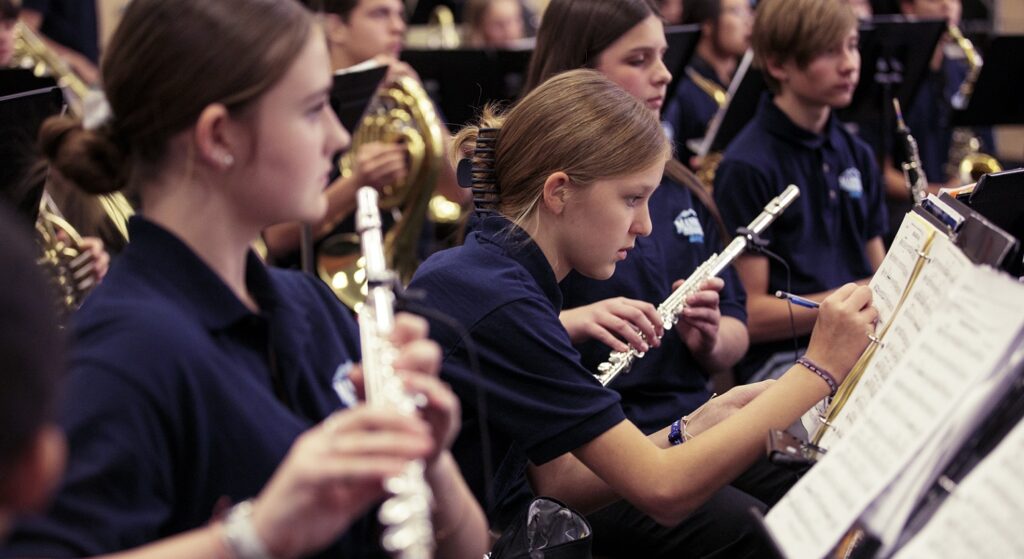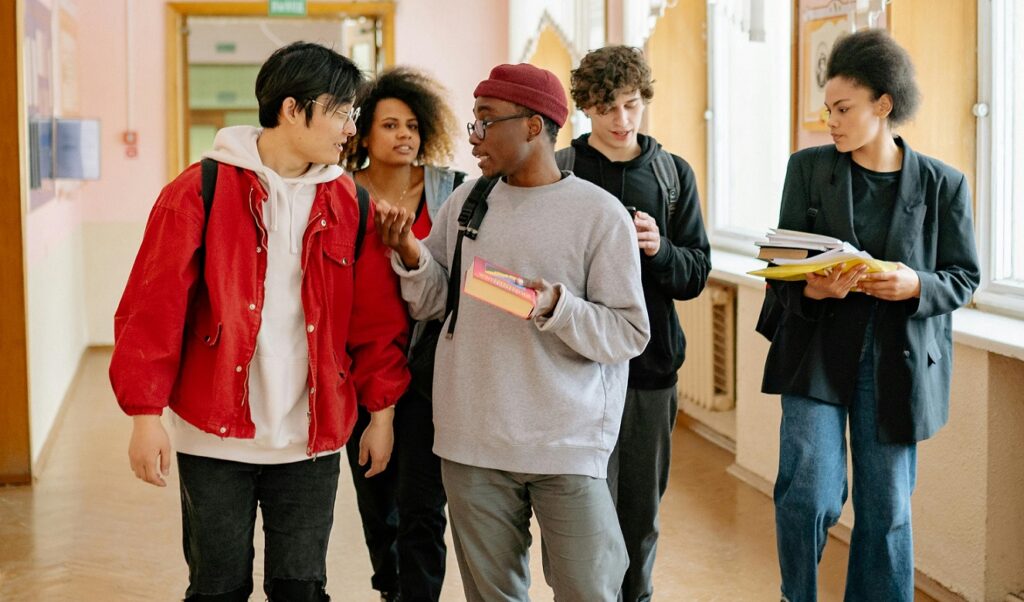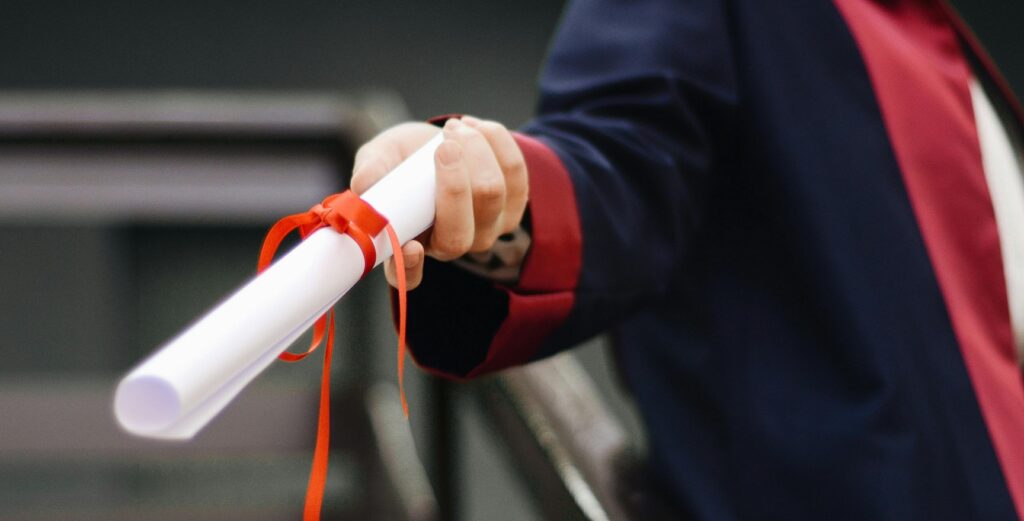Tagged Under:
Increase Your Positivity with the 3:1 Ratio
Try the praise-to-criticism ratio to help students feel encouraged and safe in the music classroom.
The first time I heard of the praise-to-criticism ratio I was in college working on completing a co-op. While my advisors mentioned this concept time and time again, I didn’t fully understand its implications until I began teaching in my own classroom and private studio.
The praise-to-criticism ratio is the amount of positive feedback you give compared to criticism. It’s also called the 3:1 ratio because this is the ideal balance of feedback you give, according to a 2013 Harvard Business Review article on team performance. And what is classroom music if not a team performance?

Why it Works
Speaking from experience, the 3:1 ratio works because it makes students feel encouraged and safe. Music is an especially vulnerable topic because it’s an art. This is why harnessing the power of the criticism-to-praise ratio is an essential facet to help teach young artists.
- The 3:1 ratio reaches the very root of our psychology by helping improve motivation.
- Feedback is personal, and this keeps the energy in your classroom positive.
- You become a safe person to perform around.
- It fills up your bucket or emotional bank account. In a classroom, we often talk about making students bucket-fillers rather than bucket-emptiers. But teachers need to be bucket-fillers, too. In the corporate workplace, they use the term “emotional bank account” rather than buckets. But it all refers to the same thing — no matter the situation, you can’t go wrong with an extra dose of positivity.

How to Enact it
It can be more difficult than it sounds to come up with primarily positive feedback, but here are some tips on how to up your ratio.
- Notice the good in whatever they just played. You can notice the good in whatever your student just played, even if they didn’t play anything right at all. You could say, “I love how you kept going even though it got tough.” Make a point to be positive first, and then correct the technique afterward.
- View student mistakes with an open mind. Smile, celebrate, and explore first. Some people say a mistake is a mistake, but sometimes, a mistake is a discovery. Did your private string student accidentally hit a harmonic? Then use it as a moment to celebrate and educate. Talking about the difference between whatever they played rather than what you intended doesn’t have to be criticism. Then use the last quarter of your feedback to get the sound you intended them to play.
Here are other ways you can offer positive feedback and make your students more receptive to the feedback we are about to give.
- Celebrate improvement.
- Support effort.
- Notice their personal musical choices (dynamic choices, articulation, dynamics).
If your classroom is having a really rough day, and you can’t find three positive things, discuss neutral things like the history behind the piece. If you completely run out of words, you can even open up the dialogue and ask the classroom as a whole to name three good things about what just happened.

The Power of Recording Yourself
Recording ourselves practicing music is a common way to learn how we really sound on an instrument, but what if we apply the same concept to teaching? When I recorded myself teaching, I realized that I wasn’t using the 3:1 ratio (or 75/25) correctly — my praise-to-criticism ratio was closer to 60/40.
Try it! Recording yourself teaching and tally the types of feedback you give. Even if you just do this exercise once a week, it’ll make a difference. At least, it did for me!

Be Mindfully Critical, Not Negative
If we left out constructive criticism, every performance would be at risk of becoming an amalgamation of disorganized sound. But notice how I said constructive and not negative. Negativity has no part in the praise-to-criticism ratio.
- Use a neutral voice and friendly body language. If your students see you holding your breath with your arms crossed, they likely know that what you’re going to say isn’t going to be positive. So, when offering constructive criticism, keep your body language and tone in mind.
- Give the student a chance to point out the areas for improvement. Another way to progress through a difficult passage is to ask students to tell you what they could fix. Having students self-reflect is an excellent teaching tool.
- Tell it how it is. Mistakes are mistakes, but corrections in technique don’t need to have big emotions tied to them.
What’s Going on at Home?
If you start fixating on a student’s performance instead of celebrating that it’s happening, you are striking the wrong note. Some students come from environments where they get 50/50 positive/negative feedback or worse. Teachers involved in the performing arts must be a beacon of positivity so students can feel comfortable enough to learn and perform, but also so they can be happy. An individualized approach to teaching the arts is a must.
I feel this method is especially important during transitionary years like junior high. As the world continues to change around your students, aim to give them consistency.
Some psychological studies have found better success with 5:1, 6:1, or even 7:1 ratios. Regardless, it’s essential that music teachers give out more positive words and fewer critical ones.

Try It!
Some argue that the 3:1 ratio isn’t backed by science. The problem is that there have been relatively few studies on the 3:1 ratio.
However, if changing the praise-to-criticism ratio has proven to lower divorce rates and increase workplace happiness, why wouldn’t it work in the classroom?
Besides, I’ve found that this concept is best experienced first-person.
Consider adding the 3:1 ratio into your classroom to help foster creativity, resilience, and a sense of safety in your room. Early musical experiences can set the tone for a lifetime. So, fill up your students’ buckets — and yours — with a little extra positivity.















